intensecrasher
Sr. Member
- Joined
- Apr 6, 2014
- Messages
- 258
- Reaction score
- 247
- Golden Thread
- 0
- Location
- California
- Detector(s) used
- Ground-penetrating radar...LOL
- Primary Interest:
- Relic Hunting
This was my grandfathers and I believe it was found in Iowa
It has some stem edge and base grinding however the entire stem and base does not appear to be ground
I can see some parallel flaking and random flaking
Base has been thinned on one side (can be seen in picture 4)
2 1/2 inches long
1 inch wide
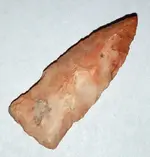
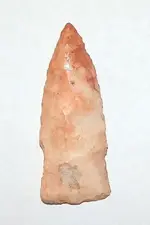
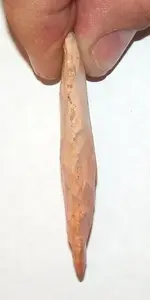
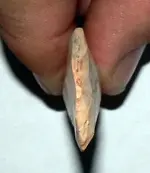
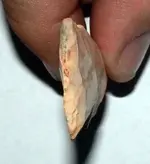
It has some stem edge and base grinding however the entire stem and base does not appear to be ground
I can see some parallel flaking and random flaking
Base has been thinned on one side (can be seen in picture 4)
2 1/2 inches long
1 inch wide





Upvote
0

 I knew that overall that the point in question here was from a later period that is why I suggest the Rice. I was close but coming from an ole country boy from NC I think that I done well helping to solve this one.
I knew that overall that the point in question here was from a later period that is why I suggest the Rice. I was close but coming from an ole country boy from NC I think that I done well helping to solve this one.